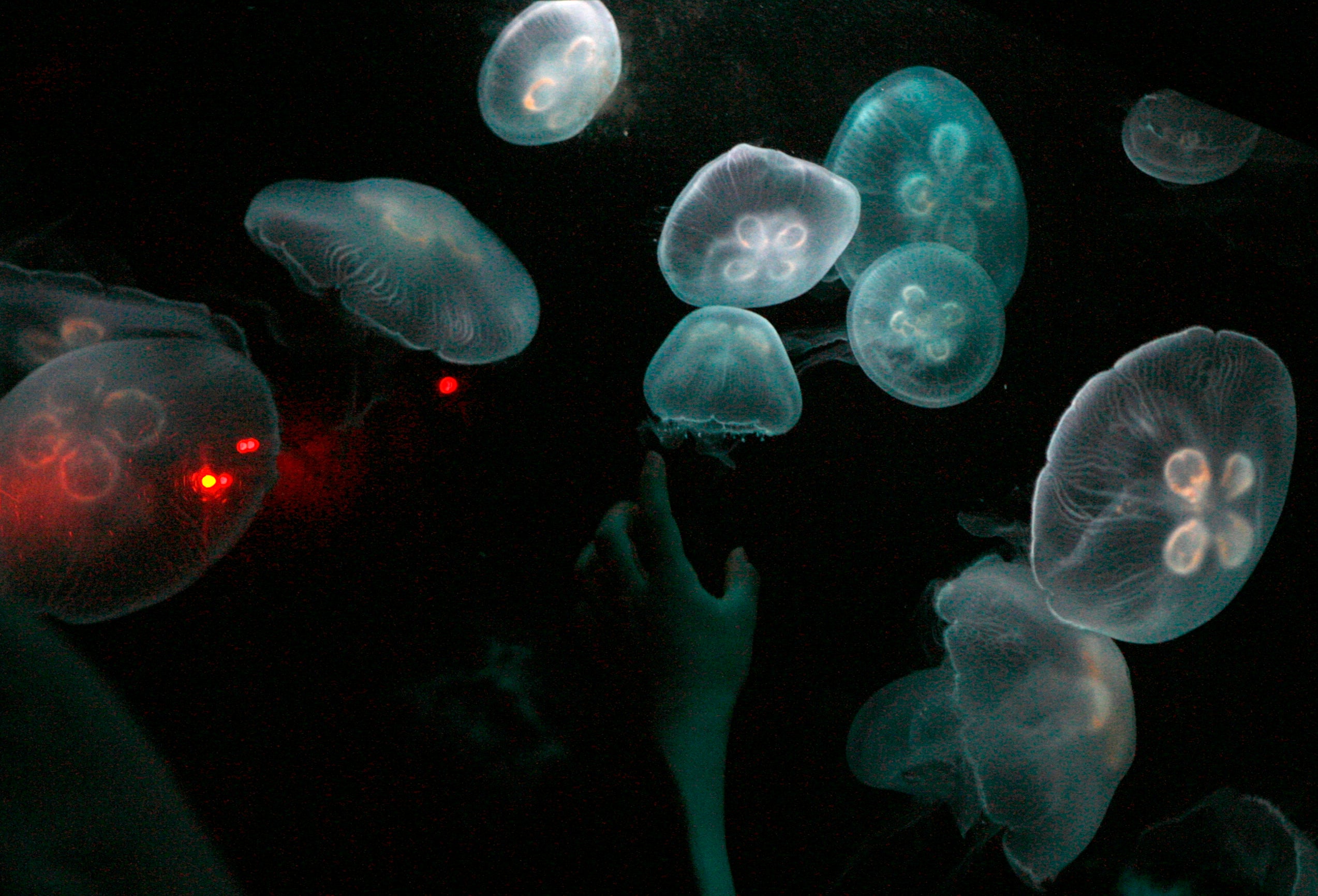The Independent's journalism is supported by our readers. When you purchase through links on our site, we may earn commission.
Jellyfish 'pulverizing' robots trained in Korea to hunt down their prey
The aquatic killer 'bots have been developed to combat the increasing menace of jellyfish swarms

Scientists in South Korea have developed a team of aquatic robots dedicated to thinning out the numbers of jellyfish swarms. Known as the Jellyfish Elimination Robotic Swarm (or JEROS) the sea-bound robots use a combined GPS and camera system to detect jellyfish before catching them in nets.
“Once caught, the jellyfish are pulverized using a special propeller,” reads a press release from the Korea Institute for Science and Technology, the home of the project.
The JEROS system is estimated to be three times more economical than manual removal of the jellyfish, with the robots – which travel at a speed of 6 knots or 7mph – eliminating around 400kg of the invertebrates an hour.
The researchers also experimented with arranging their killer ‘ bots into swarms, with a video showing a group of three individuals controlled as one.
The team has been led by Professor Myung Hyun, who has been working in response to the growing danger to businesses and individuals from swarms – or blooms, as they are technically known - of jellyfish.
Writing in the journal of Advances in Intelligent Systems and Computing , Hyun describes jellyfish as “a great menace to the oceans ecosystem, which leads to drastic damage to the fishery industries.”
“To overcome this problem,” writes Hyun, “a jellyfish removal system with trawl boats equipped with the jellyfish removal net has been suggested."
"However, the system needs large ships which need to be operated by a lot of human operators. Thus, this paper represents the design and implementation of an autonomous jellyfish removal robot system, called JEROS.”
The problem of marauding jellyfish is not specific to Korean shores either: last week the Oskarshamn nuclear plant in Sweden was shut down after the pipes that transport water to cool the turbines were clogged by tonnes of jellyfish, and in 2006 the same fate even befell a US aircraft carrier, the nuclear-powered USS Ronald Reagan.
In her recent book ' Stung! On Jellyfish Blooms and the Future of the Ocean’, marine biologist Lisa-ann Gershwin describes how overfishing and climate change have created the perfect ocean conditions for jellyfish: reports from 2006 estimated a total biomass of fish in the ocean as 3.9 million tons, whilst the total jellyfish biomass was around 13 million tons.
Quoted in a review of her book by Tim Walker, Gershwin writes:
“We are creating a world more like the late Precambrian than the late 1800s—a world where jellyfish ruled the seas and organisms with shells didn’t exist. We are creating a world where we humans may soon be unable to survive, or want to.”
With this in mind, the creation of a swarm of ruthless jellyfish hunters seems like quite a sensible idea, though the video below of JEROS in action is not suited for those sympathetic to the clueless jellies.
Join our commenting forum
Join thought-provoking conversations, follow other Independent readers and see their replies
0Comments